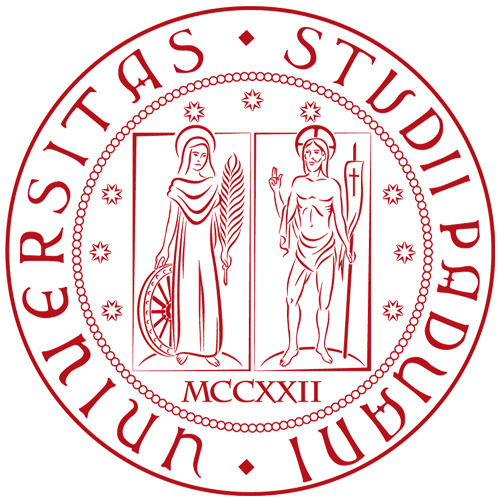
PHRC013 : Dedication to Arsinoe Philadelphos, Thera - Ciclades (270-240 BC) Dedication
Permanent ID http://s.phrc.it/phrc013
Images:
Photo 1: detail of the inscription, from IG XII 3 462
Photo2: view of the sanctuary (S. Caneva, CC-BY-SA 4.0)

Text constituted from: IG XII 3 462 (preceded by Strack 1897, p. 223, no. 22a, on the basis of the notes of F. Hiller von Gaertringen)
Other editions:
See also: RICIS 202/1201.
Images: IG XII 3 462.
Further bibliography: Dunand 1973, II, p. 125; Witschel 1997, p. 35-36; Caneva 2014, p. 96 and 114, no. 49; Caneva 2019 (forthcoming).
Online record:
Based on its proportions, the stone can be better described as a block rather than as a votive plaque (as suggested by Hiller von Gaertringen in IG XII 3, 462). Together with a few other specimens, this inscription stands out among the numerous small altars, blocks and plaques dedicated to Arsinoe Philadelphos (for which see already PHRC002) both for its execution quality and for its layout. While in most specimens the dedication occupies the upper part of the stone, here the two lines of writing are precisely centred (for an assessment of this detail in relation to the possibly different point of observation of the ritual users, see Caneva 2019, forthcoming). If we accept the plausible hypothesis that the dedication originally belonged to the sanctuary of the Egyptian deities (which fits with the careful writing of the inscription), then the block might have found its place either in a larger ritual structure (an altar), or in one of the numerous rock-cut niches of the sanctuary. In the latter case, it would indicate that a certain part of the sanctuary hosted cultic activities specifically addressed to Arsinoe.
As proved by the offertory-box dedicated there by the association of the Basilistai (PHRC004), the sanctuary of the Egyptian deities hosted cults for Ptolemaic rulers in the mid-third century BC. The lettering and formulary of our dedication to Arsinoe suggest a date between the death of the queen (270) and that of Ptolemy II (246), although the cult may have lasted longer in relation to the Ptolemaic garrison in Thera. For another contemporaneous document of the Ptolemaic ruler cult in Thera, see PHRC006.



